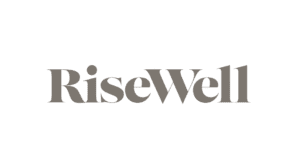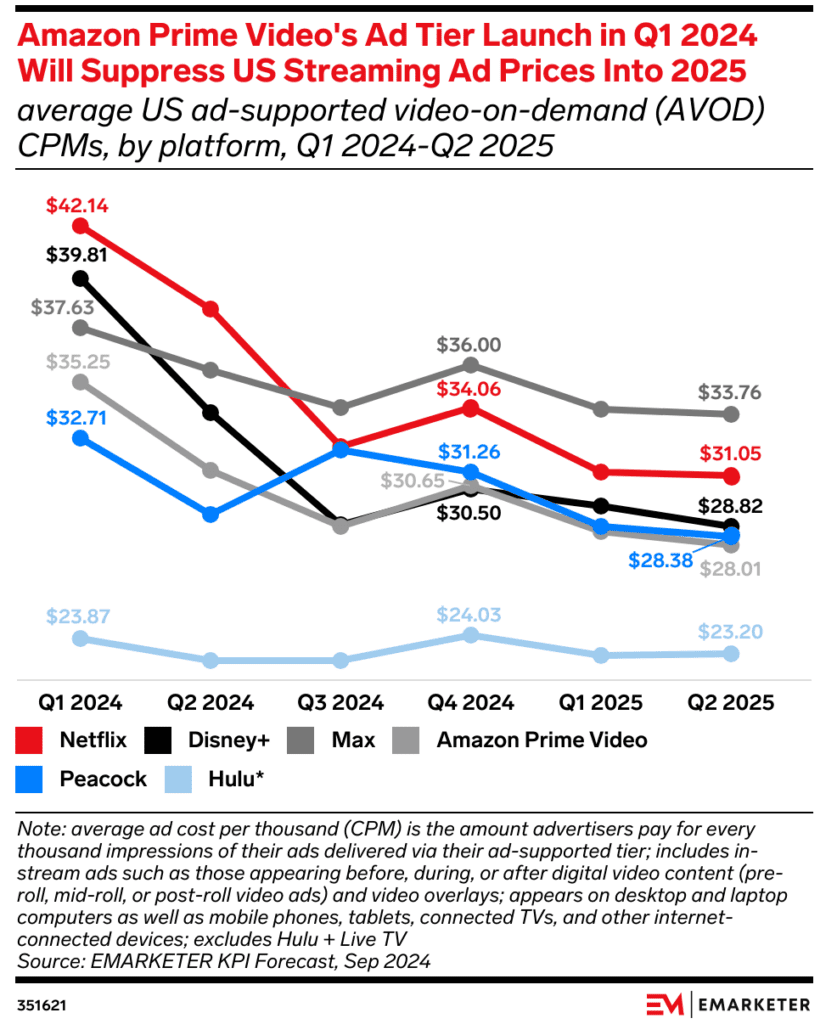In times of economic uncertainty, it’s easy to retreat and wait for sunnier days. However, history shows us that recessions can be fertile ground for innovative businesses that go on to become industry leaders. Let’s explore some remarkable companies born during economic downturns and why scaling during today’s uncertainty might be your best move forward.
Recession-Born Success Stories
- Warby Parker (2010) emerged during the aftermath of the Great Recession when four founders identified a critical problem: glasses were simply too expensive. The eyewear industry was dominated by a single company dictating high prices, leaving many unable to afford necessary eyewear. By 2015, this revolutionary direct-to-consumer model had grown into a $1.2 billion company.
- Rent the Runway (2009) transformed how people access designer fashion during a time when consumer spending was tight. Their subscription model allowed customers to rent rather than purchase expensive designer clothes, creating a “closet in the cloud” that made luxury accessible without the prohibitive costs.
- Everlane (2010) disrupted retail with transparent pricing, allowing customers to see exactly how much each item costs to produce and the company’s markup. Starting with just 1,500 T-shirts, they quickly gained 60,000 subscribers in just five days through their referral system.
- Dollar Shave Club (2011) tackled the frustration of expensive razor blades with a subscription model that delivered affordable razors directly to customers. What began as a small operation in January 2011 eventually sold to Unilever for $1 billion in 2016.
- Even more recent success stories like Brez have scaled during challenging markets. Despite warnings about shipping costs, advertising restrictions, and recession concerns, they’ve created a thriving direct-to-consumer THC/CBD beverage brand by overcoming obstacles that would deter most entrepreneurs.
- The Dad Gang also started in a soft consumer market and has grown to a multi-million dollar company with partnerships with athletes like Luka Doncic, Mookie Betts, and Dak Prescott. The founders admit to shooting all their content on iPhones and using a free, uncustomized Shopify theme for all their creative needs. Instead, they utilize a lean marketing team and an agile approach to customer experience by using private Facebook groups and consistent email marketing to engage their large customer base, many of whom own over 20 Dad Gang hats.
- Despite recent tariff pressures and market uncertainty, digitally-native businesses such as HexClad, Ridge Wallet and Cirkul continue to scale and announce bold new investments like creator partnerships, Superbowl ads and new product lines. Why? Because they understand that even a softer market creates counter-intuitive opportunities. As the old saying goes, be greedy when others are fearful, but why is that?
Why Economic Uncertainty Create Opportunities
Economic downturns create unique advantages for bold entrepreneurs:
- Access to Top Talent
- With more talented workers available during recessions, businesses have a larger talent pool to choose from as they scale.
- Lower Costs and Reduced Competition
- Many competitors scale back during recessions, creating space for innovative companies to capture market share with less resistance. Costs for everything from office space to advertising often decrease.
- Identifying New Consumer Needs
- Recessions shift consumer spending patterns, creating opportunities for businesses that can meet these emerging needs. Airbnb, founded in 2008, emerged from its founders’ need for extra cash during the downturn.
- Enhanced Flexibility and Innovation
- Economic pressure forces businesses to be more creative and efficient, often leading to innovative business models that might not emerge during comfortable times.
The Path Forward
Scaling during economic uncertainty requires a strategic approach:
- Focus on efficiency and profitability, finding ways to do more with less
- Diversify your business across units, regions, customers, and markets
- Maintain a strong balance sheet to avoid short-term choices that impair long-term performance
- Consider outsourcing to reduce fixed costs and increase flexibility
- Pay attention to weak signals that might indicate emerging trends and opportunities
The most successful companies don’t just survive recessions—they use them as catalysts for transformation and growth. While others retreat, the opportunistic entrepreneur sees potential where others see problems.
There’s never an excuse not to be opportunistic. The next great business success story could be yours, born in the crucible of today’s economic uncertainty.
How We’re Working with Our Partners to Adapt to Today’s Trends
At Mason, we’re evolving alongside the ever-changing digital landscape. Our cross-functional teams are leveraging artificial intelligence for smarter business decisions. Our data science team builds cutting-edge analytics dashboards, which integrate real-time business and platform data, helping our teams employ predictive modeling to forecast market trends and customer behavior. This approach not only optimizes marketing spend but also enables highly personalized customer experiences, ensuring our partners stay ahead in a competitive market.
Ready to position your brand for success? Connect with us to learn more.






















